Pain Medication
what you should know !
useless?
Pain medication is first line of defence and when nothing else is available initially obviously first to use.
Caution!
However the devastating effects of long time Pain Medications use are well documented
see here
Excerpt from Huffington Post by Jilian Berman
People typically become addicted to the prescription pills in one of two ways, Kolodny said. The majority of younger users, like Arielle, find the pills lying around at home or at friends’ houses. But the other demographic suffering from prescription painkiller addiction -- middle-aged Americans -- typically get the pills from their doctors for things like chronic back or head pain. Once their bodies adjust, their doctors have to up the doses to mitigate the pain.
Betty Tully experienced this phenomenon firsthand. She went to her doctor in January of 2001, looking for a fix for the pain that had plagued her lower back for decades. Tully’s doctor said he had just the thing, a new “miracle drug” that could help her pain without putting her at risk of addiction. He started her on 20 milligrams of OxyContin. Soon, she was asking for more, so he upped her doses.
“By June, I was an absolute zombie. I couldn’t work anymore, I couldn’t drive my car anymore. I left my car running one day on the street,” the former real estate agent said. “I was calling his office and screaming that I needed this medicine.”
By the end of 11 months, Tully was on 280 milligrams of OxyContin per day. The mother of two, who had held down jobs since she was 12 years old, refused to leave the house for fear she’d miss a dose and go through terrible symptoms of withdrawal like nausea and profuse sweating. When she decided to get clean, it took her six years to completely get off the drug, and she says she’s lucky she was able to finally kick the habit. Indeed, according to Kolodny, "middle-aged women getting pain pills from doctors" are dying from overdoses at some of the highest rates in history. In 2010,
40 percent of U.S. drug overdose deaths were women, many of whom died from abusing prescription pills.
Huffington Post link to your full article Here
http://www.huffingtonpost.com/2014/02/24/heroin-epidemic_n_4790898.html
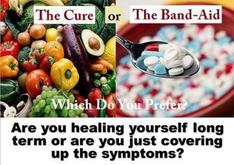
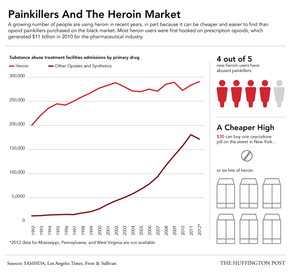

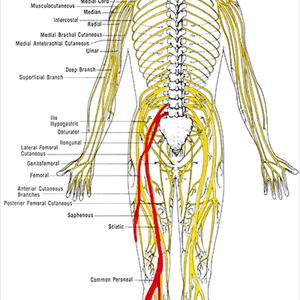
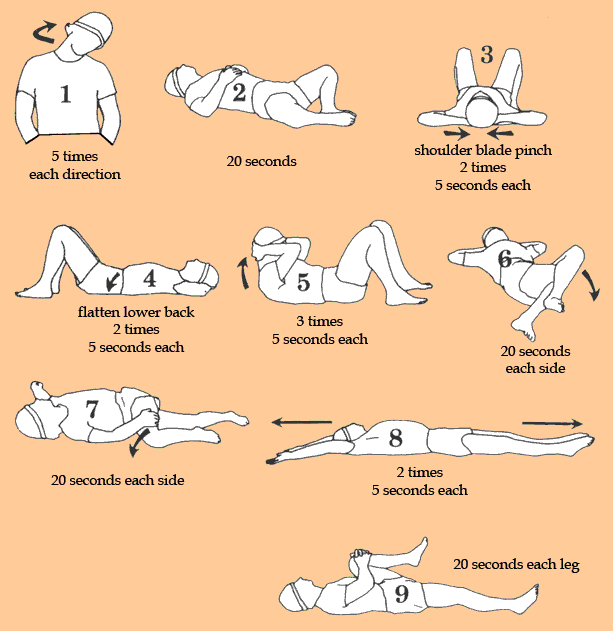
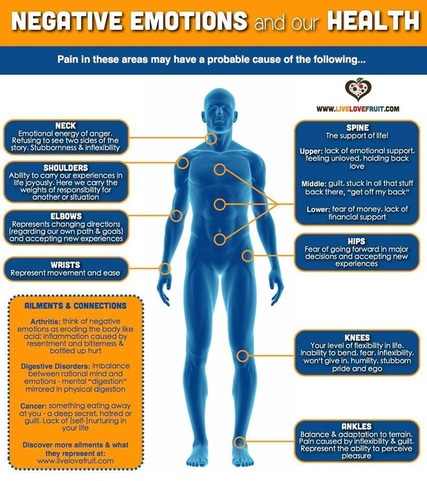
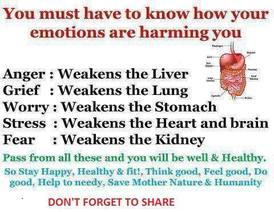
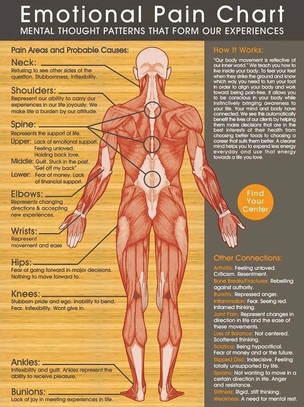
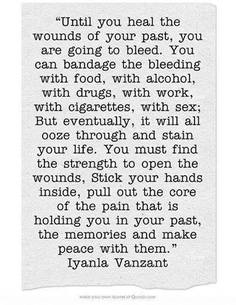
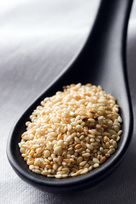

 RSS Feed
RSS Feed
